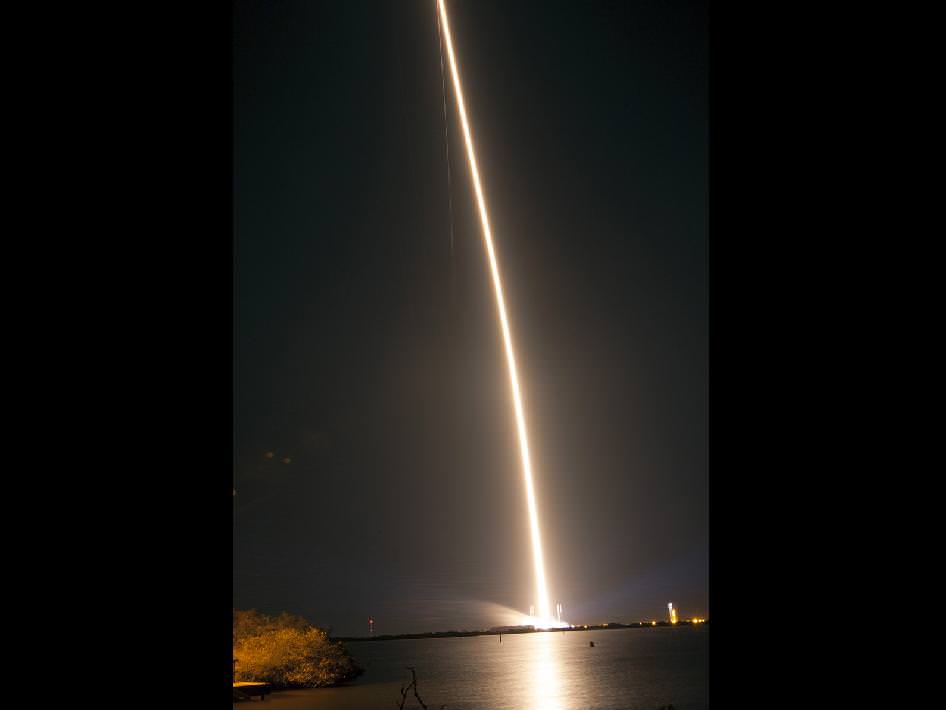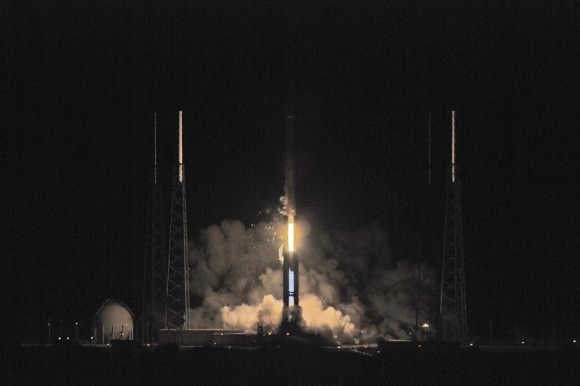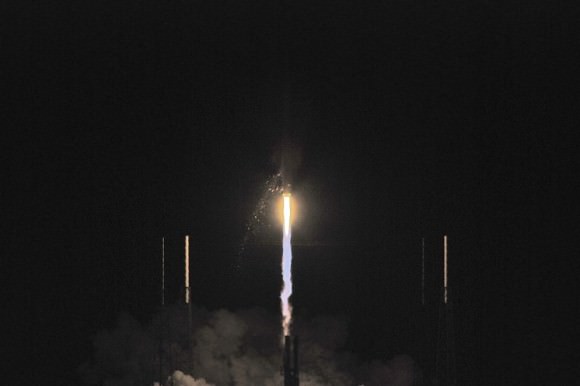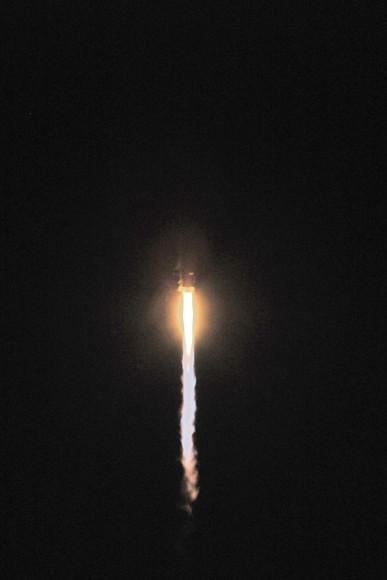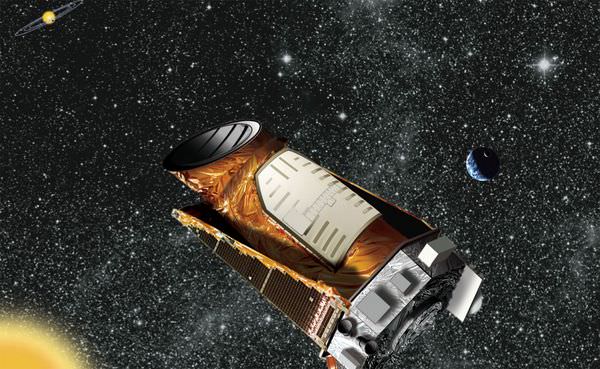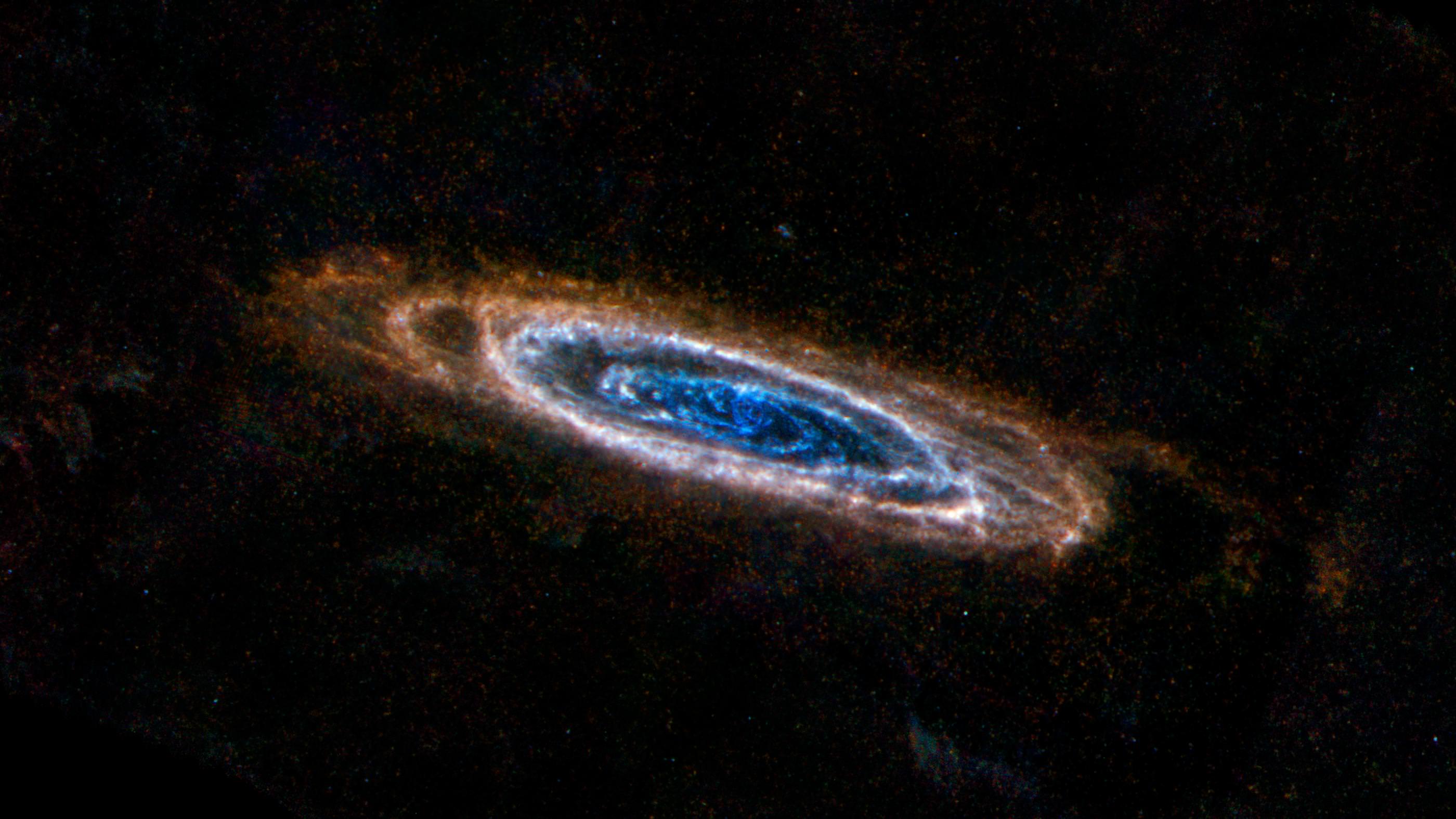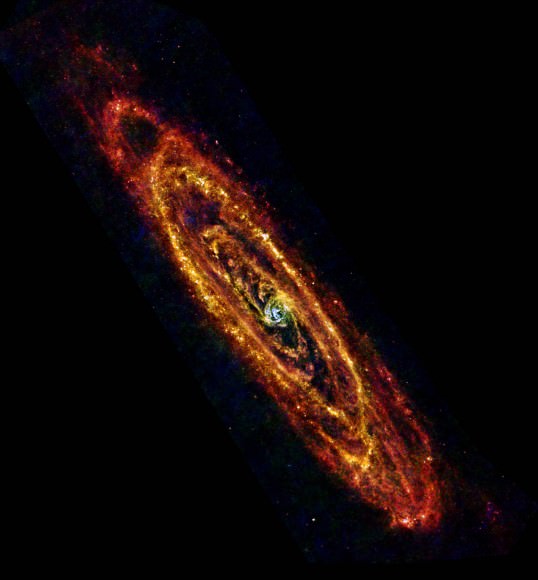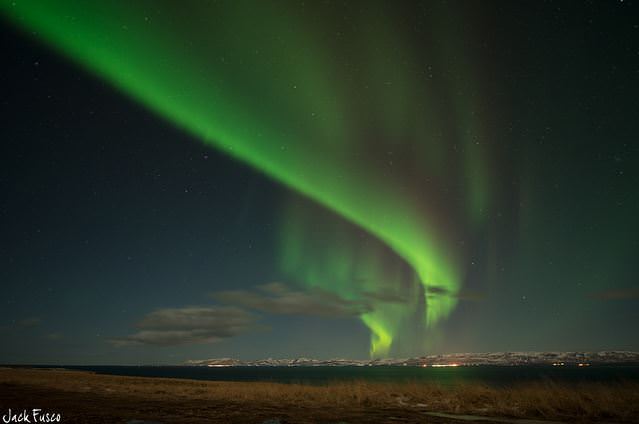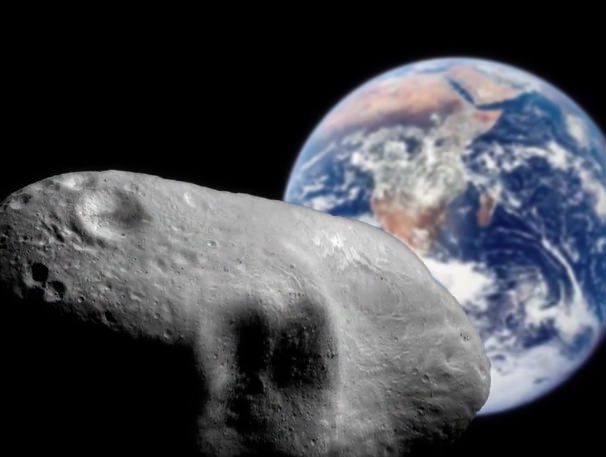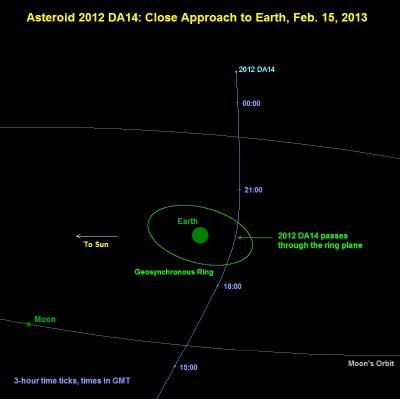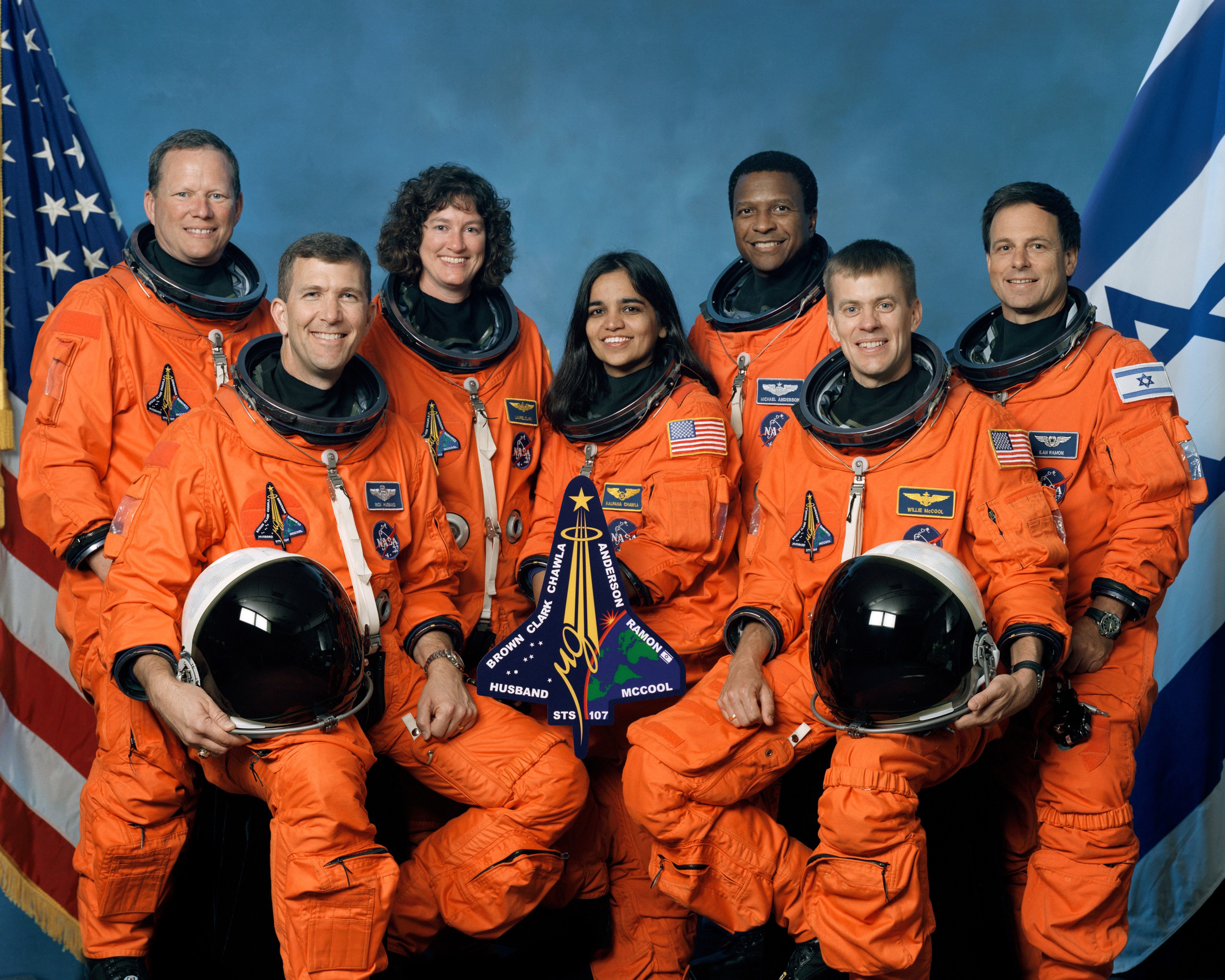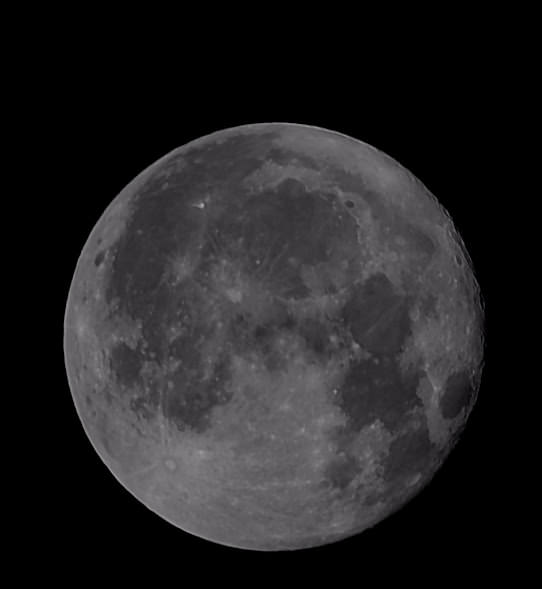There has been some concern about the Kepler spacecraft after one of the devices that provide the ability for super-precise pointing began misbehaving. Reaction wheels are devices which aim a spacecraft in different directions without firing rockets or jets, which reduces the amount of fuel a spacecraft needs; Kepler has four of them. Earlier this year, elevated friction was detected in reaction wheel #4, and so as a precaution for wheel safety, and as a measure to mitigate the friction, the reaction wheels were spun down to zero-speed and the spacecraft was placed in a thruster-controlled safe mode.
But now after a “rest” of the wheels for ten days, Kepler has now returned to science data collection beginning on January 28, 2013, and reaction wheel #4 seems to be operating normally, for now. During the 10-day resting safe mode, daily health and status checks with the spacecraft using NASA’s Deep Space Network were normal.
This is of special concern because last year, reaction wheel #2 failed. Kepler scientists say the spacecraft needs at least three wheels must operate until at least 2016 for Kepler to achieve its prime objective of finding Earth-like planets around sun-like stars. Last year, NASA approved an extended mission for Kepler through 2016, and so a lot is riding on the health of the spacecraft’s reaction wheels.
During much of the mission, ground controllers have observed intermittent friction on wheel # 4. Wheel # 2, on the other hand, showed no problems until early 2012, and it failed several months later.
“Since the failure of reaction wheel #2 in July 2012, the performance of the spacecraft on three wheels has been excellent,” said Kepler Project Manager Roger Hunter, writing an update on the Kepler website, noting that when reaction wheel #2 began to fail, it also exhibited elevated and somewhat chaotic friction.
“Reaction wheel #4 has been something of a free spirit since launch, with a variety of friction signatures, none of which look like reaction wheel #2, and all of which disappeared on their own after a time,” Hunter said. “Resting the wheels can provide an opportunity for the lubricant in the bearings to redistribute and potentially return the friction to nominal levels. Over the next month, the engineering team will review the performance of reaction wheel #4 before, during, and after the safe mode to determine the efficacy of the rest operation.”
As Emily Lakdawalla noted in one of the Weekly Space Hangouts, engineers are getting creative in how to deal with hardware issues in spacecraft, and compared the Kepler team’s approach to “resting” the reaction wheel to how engineers working with the Spirit Mars rover came up with the plan to have the rover drive backwards when one of the wheels started acting up, and the lubricant lasted longer when the wheel was used in the opposite direction.
Engineers for Kepler have implemented additional procedures to extend the lives of the reaction wheels, including running the wheels at warmer temperatures and alternating their spin directions.
Kepler was launched in March 2009, and is in an Earth-trailing solar orbit. It is pointed toward constellations Cygnus and Lyra, observing a 10-degree-wide field containing at least 4.5 million stars. Kepler is focusing on approximately 156,000 stars for the purposes of its research. Kepler scientists have found 105 new planets around other stars, and the mission’s data archive has evidence for more than 2,700 planet candidates.

